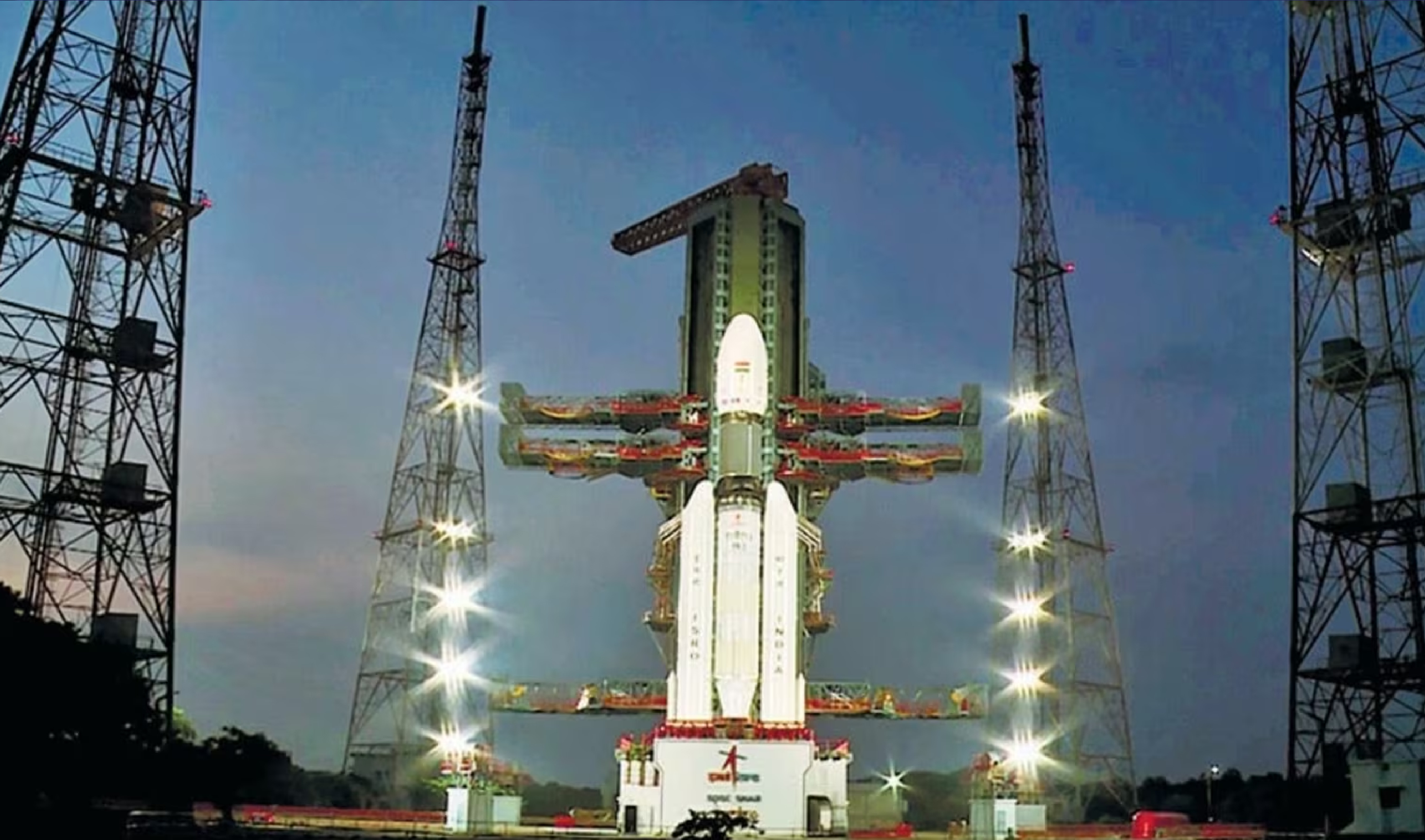Aditya-L1 was inserted in its halo orbit in early 2024 and takes 178 days to complete a revolution around the Langrange L1 point.
- At Lagrange point, the gravitational pull of the two large bodies equals the necessary centripetal force required for a small object to move with them.
- For two body gravitational systems, there are a total five Lagrange points denoted as L1, L2, L3, L4 and L5.

What are halo orbits?
- These are periodic and three-dimensional orbits resulting from an interaction between the gravitational pull of the two planetary bodies and centrifugal force on a spacecraft.
- Halo orbits exist in any 3-body system. E.g., Earth-Moon orbiting satellite system.
- Mainly linked to L1, L2 or L3.
Benefits of placing Aditya-L1 in Halo Orbit
- Ensuring a mission lifetime of 5 years
- Reducing fuel consumption (minimising station-keeping manoeuvres)
- Ensuring an unobstructed view of the sun
About Aditya-L1 Mission (2023)
- First Indian space mission to study the Sun.
- Objectives: Study the Sun’s corona, solar emissions, solar winds and flares, and Coronal Mass Ejections (CMEs), and will carry out round-the-clock imaging of the Sun.
- Payload: Carries 7 payloads (Visible Emission Line Coronagraph (VELC), Solar Ultraviolet Imaging Telescope (SUIT) etc.)




